It’s been awhile since I have written, partly because it can get really depressing to pick up after people. One of the hardest things I can’t understand is how people just throw away perfectly good textiles, including towels, sheets, blankets and clothing into the trash or leave behind to be washed away or thrown in a landfill. Our throwaway society, lack of consideration and respect for nature and other people is an anathema to me.
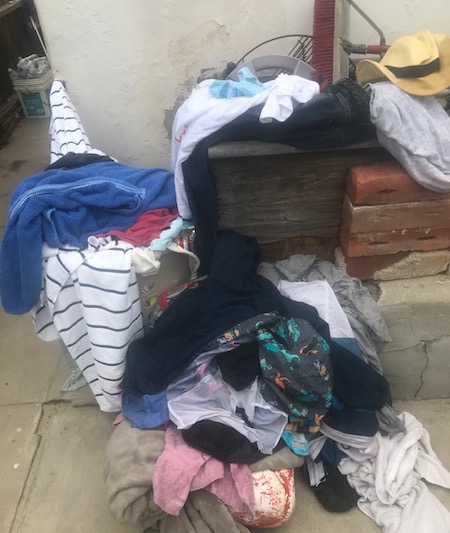
Since March of 2019 through July 24 I have washed 901 textiles including blankets, sheets, towels, underwear, socks, bathing suits, T-shirts, sweatshirts, dresses, rash guards, bras, slips, scarfs, shawls, tablecloths, pillows, pillow cases, shoes, hats, yoga mats. Not only that I have about 40 items in my back waiting to go to a laundromat.
With all the news about Eco-Friendly shopping, water waste and pesticides in textiles, you would really think and hope that someone is listening or at least caring.
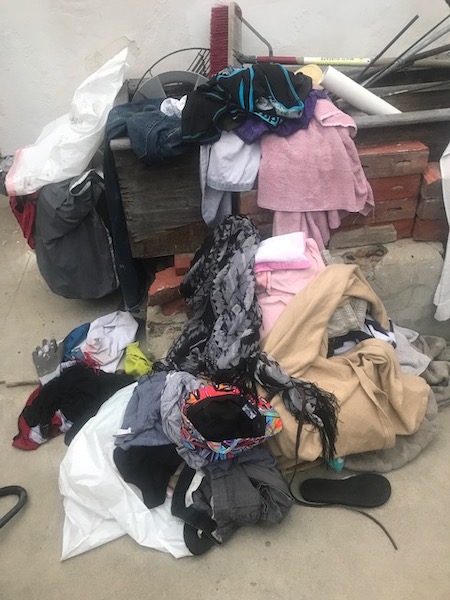
Shopping has become such an integral part of modern life that it appears to be a fundamentally innocuous activity – we go out, we shop, and that’s where it ends. But it doesn’t end there. Why is it that we pay attention to the clothes we buy, yet ignore how to dispose those products? When you see that research has shown that over 70% of people take their environmental impact into consideration when choosing their groceries, why aren’t they considering the environmental impact of how they choose their textiles?
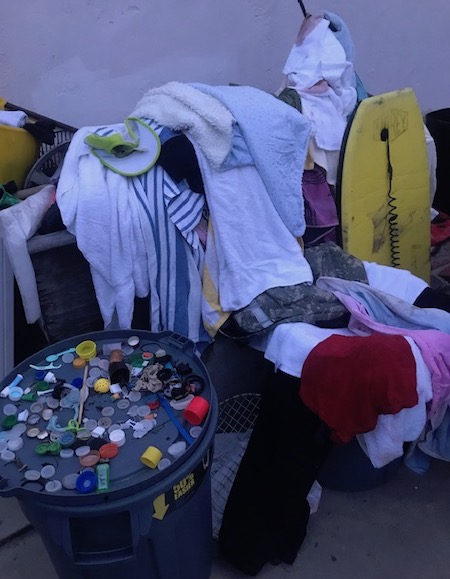
Fast fashion industry and I am including linens in this is one of the most damaging industries there is to the planet. There are a multitude of reasons for this why it it is so harmful.
The water usage involved in textile production is ridiculous – as much as 79 billion cubic liter of water a year. Fast-Textiles has a devastating impact on our oceans and water supplies.
The use of chemicals used to dye clothes means that fashion involves a devastating amount of water pollution. The fashion industry also involves a massive amount of textile waste. All of this adds up tmake fashion one of the most environmentally damaging industries around
The microplastic in clothing are devastating to marine animals. They are a huge problem in which we humans also eat via our food sources. Estimates state that:
- 12-pound load of acrylic-fabric laundry could release 700,000 plastic microfibers
- Other studies haves shown that mussels to oysters have microplastics and 73% of Deep Sea Fish have microplastics in them.
- Microplastics are everywhere from the East Coast Florida beaches to Arctic sea ice. They are in farms and in the air.
It is not just textiles either… canopies, beach chairs, umbrellas, beach mats all use textiles, in particular a nylon- polyester fabric, which leaks even more microplastics.
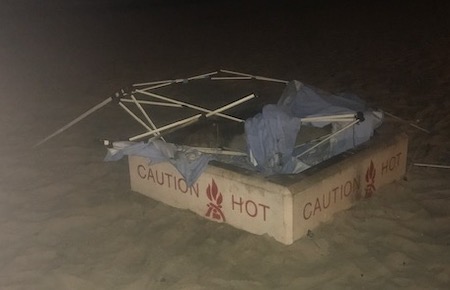
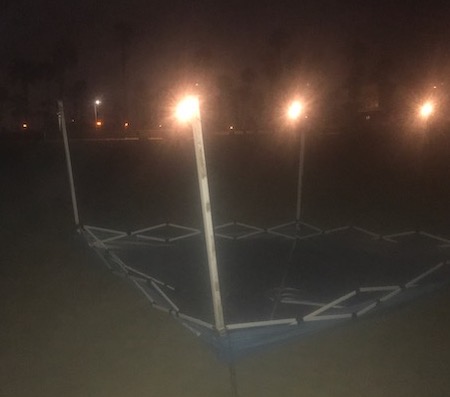
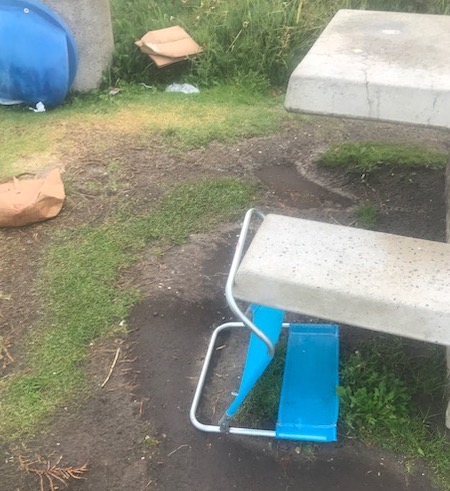

No matter where you are please think twice about what you are buying, where you are buying it from and how you are going to dispose of the item.
